Jigokumushi is a unique and traditional cooking method in Japan that uses natural hot spring steam to prepare food. Found in Beppu, one of Japan’s most famous onsen towns, this steaming technique brings out the natural flavors of ingredients while keeping them tender and juicy. From vegetables to seafood and even eggs, Jigokumushi offers a simple yet deeply flavorful way to enjoy food. Curious about how it works and what makes it special? Keep reading to find out!
What is Jigokumushi?

Jigokumushi cuisine or “Hell Steamed” Cuisine offers a simple yet unique way of cooking by steaming ingredients with hot spring steam at around 100℃. This dish is exclusive to Beppu, a city known for having the most hot spring sources and the highest volume of hot spring water in Japan. To prepare jigokumushi, people use a pot called a “Jigoku kettle.” They simply place the ingredients inside, cover it with a lid, and let the hot spring steam cook them instantly. While the process only involves steaming, there are countless ways to enjoy it, making it a popular choice for its rich flavors.
Jigokumushi History

Jigoku Mushi has a long history, dating back to the Edo period. Inns and other establishments have traditionally served it as a dish of hospitality. The document Tsurumi Shichiyu no Ki confirms that Jigoku Mushi cuisine existed during the Edo period. This record details the characteristics of each hot spring in the Tsurumi area and traces the history of Jigoku Mushi.
One section describes a hot spring called “Imai no Yu,” stating, “Local people regularly steam food here.” Villagers would spread straw over the steaming area known as Jigoku, pour water over it, place mochi, potatoes, red rice, and other ingredients on top, cover them with more straw, and steam everything. Additionally, people sold sweets made with Jigoku steaming at the tourist facility Teruyu.
According to one story, a Kyoto confectioner traveling back from Nagasaki tried camellia mochi steamed in Jigoku. Delighted by its taste, he compared it to the sweets made with the famous water from the Kamo River and bought a large quantity to take home.
Jigokumushi Ingredients
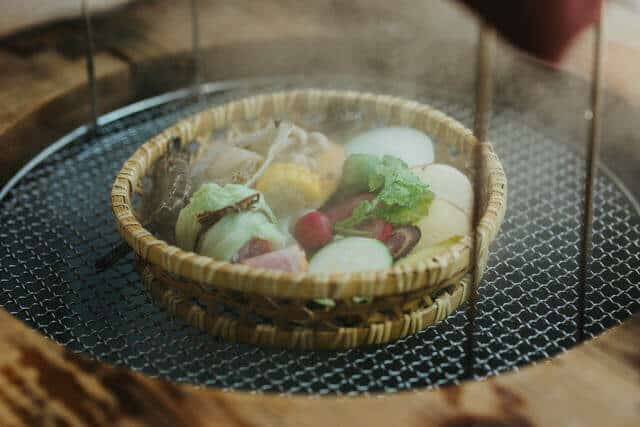
Any ingredients are OK. Shrimp, crab, scallops, seafood such as sea bream and horse mackerel. Pork, chicken, beef, and even simple potatoes and eggs are excellent. You can steam cabbage and pork together, or potatoes and chicken at the same time, and you can arrange it however you like.
Jigokumushi Health Benefits

This simple method of cooking, just by steaming the ingredients, preserves the flavor and nutrients of the ingredients while also adding the nutrients of the hot springs. It also removes excess fat, making it very healthy! Steaming with mineral-rich hot spring steam brings out the natural umami and sweetness of the ingredients. It has a light salty, refreshing taste. You can enjoy a different flavor from regular steamed dishes.
FAQ
- Can I bring my own ingredients for the hell-steaming experience?
-
At many facilities, bringing your own ingredients is allowed, but there may be a usage fee. Since rules vary by facility, it’s important to check in advance.
- How long does it take to cook with hell-steaming?
-
It depends on the ingredients, but generally it takes about 20 to 30 minutes. It’s recommended to allow plenty of time for the experience.
Summary

Jigokumushi is more than just a cooking method—it’s a unique way to experience Japan’s rich hot spring culture through food. The natural steam enhances flavors, creating a simple yet unforgettable taste. If you ever visit Beppu, don’t miss the chance to try freshly steamed seafood, vegetables, or eggs cooked this way. Whether at a local onsen or a specialty restaurant, Jigokumushi is a must-try experience that captures the essence of Japan’s geothermal wonders. Be sure to give it a taste!
If you’re intrigued by Jigokumushi, you might also enjoy other unique Japanese steaming methods like Mushizushi (steamed sushi) or Kamameshi (iron pot rice), both offering warm, flavorful dishes that highlight the beauty of slow, gentle cooking!
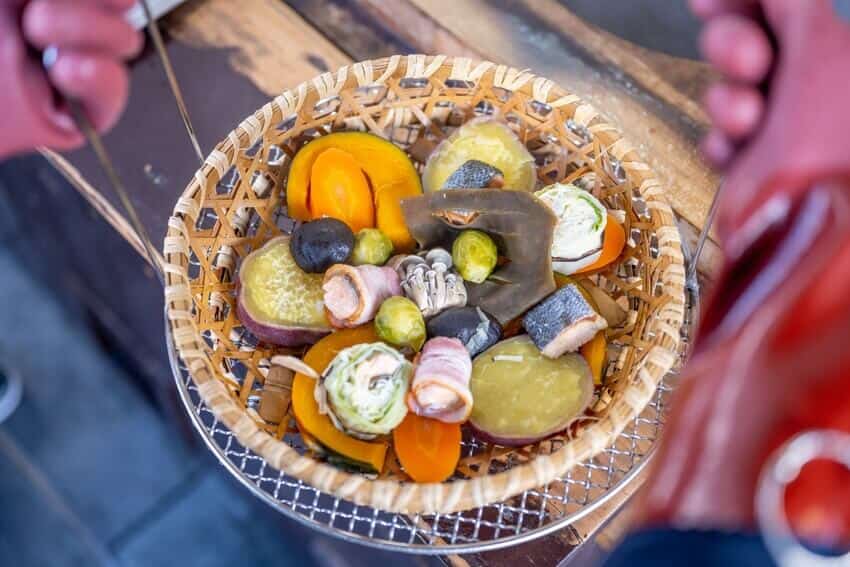
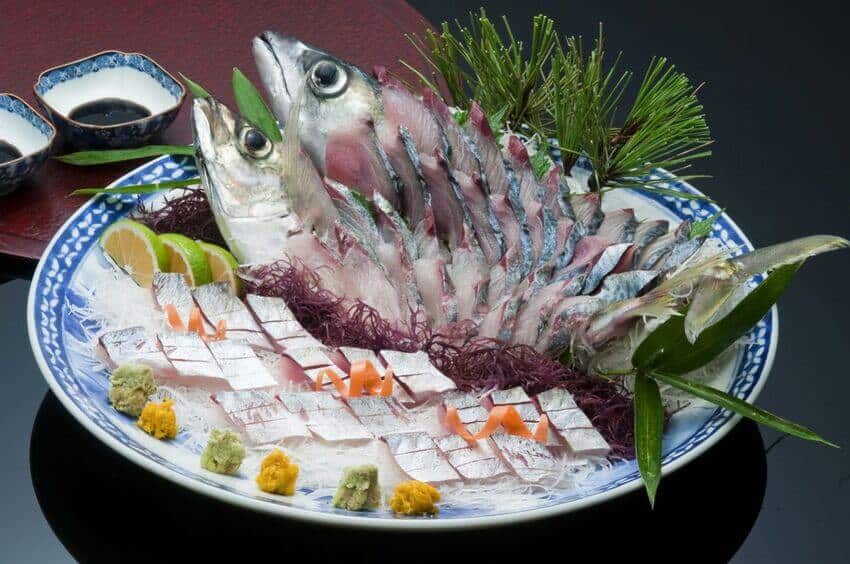
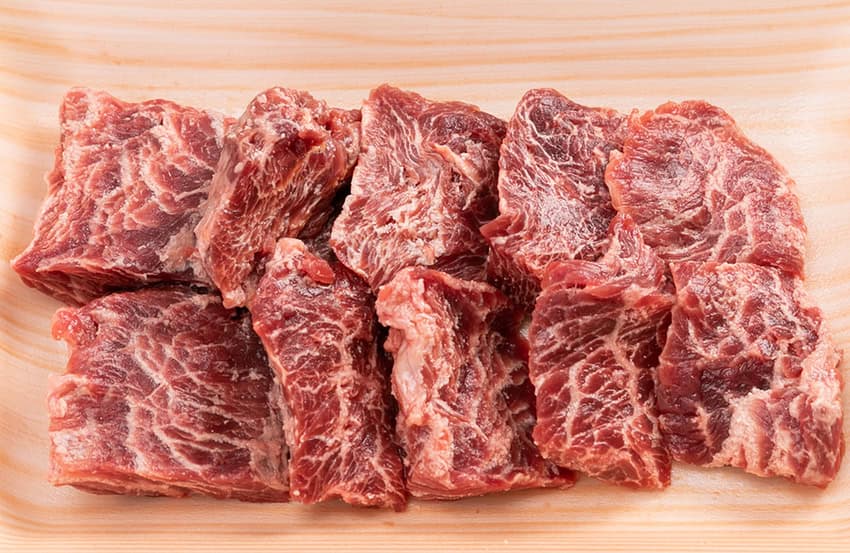
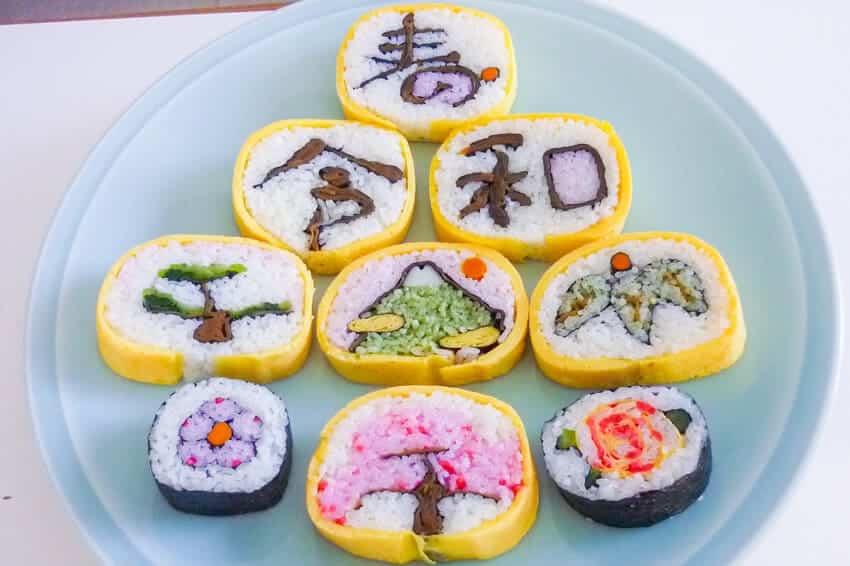
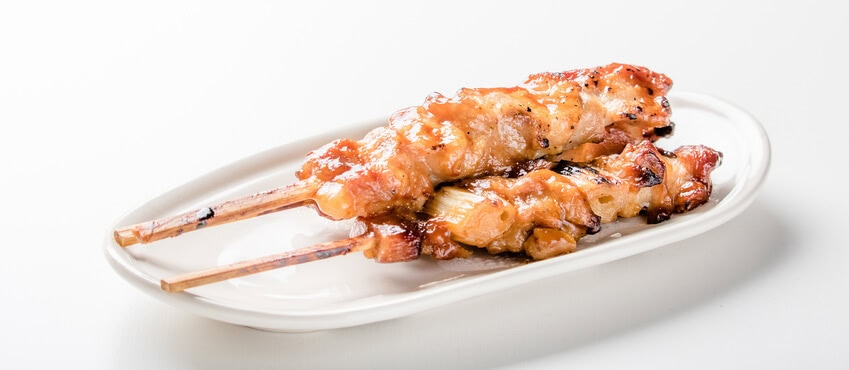

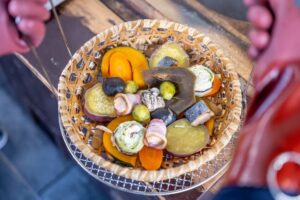
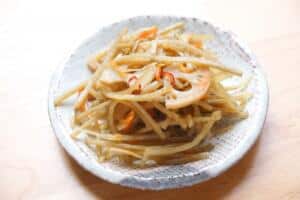

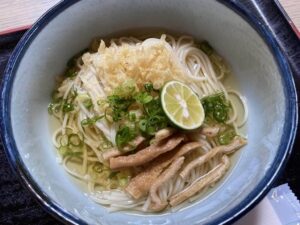
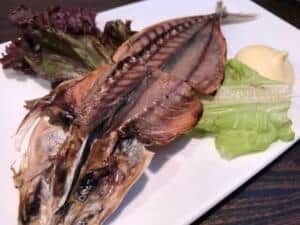

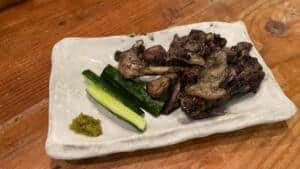
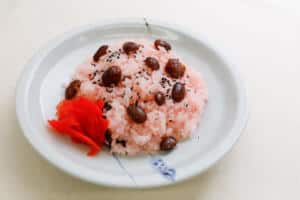
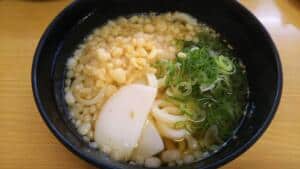
Comments